Report this entry
More from the same community-collection
William Haddad Memorial - El Paso, Texas
William Haddad Memorial - El Paso, Texas A wall will be named ...
William Haddad Memorial - El Paso, Texas
This is the William Haddad Memorial site in El Paso, Texas, near ...
Old Glory Memorial - El Paso, Texas
A wall will be named after William Haddad, a Navy veteran, who ...
El Maida Shrine - Northeast El Paso, Texas
El Maida Shrine is located at 6331 Alabama Street and can be ...
Cohen Stadium - El Paso, Texas
Andy and Syd Cohen were both famous baseball players and coaches ...
Danny Olivas mural, 2007 Texas Ave, El Paso, Texas
Danny Olivas mural, 2007 Texas Ave. This mural is by Ernesto ...

















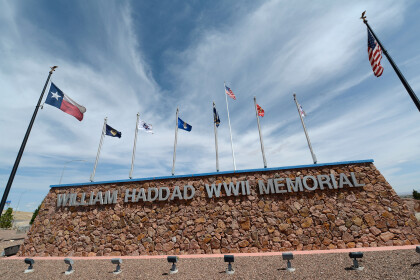
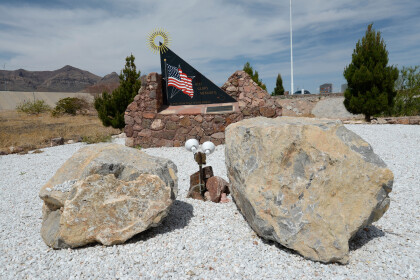
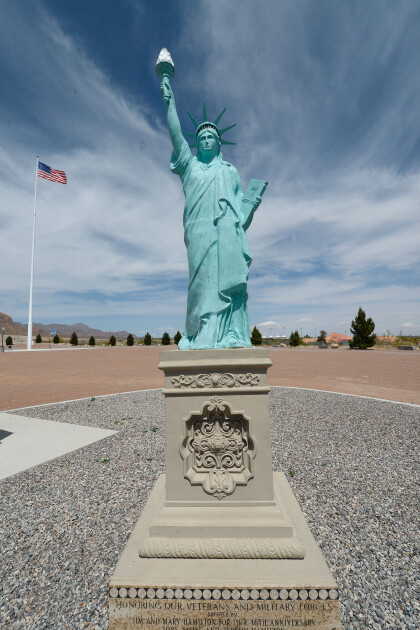
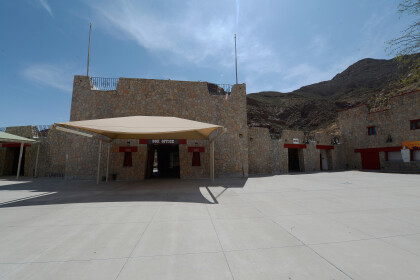
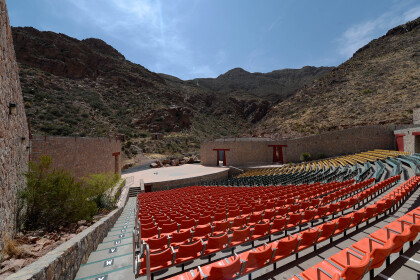
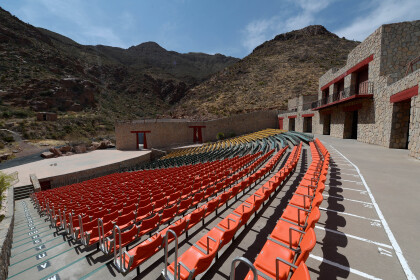
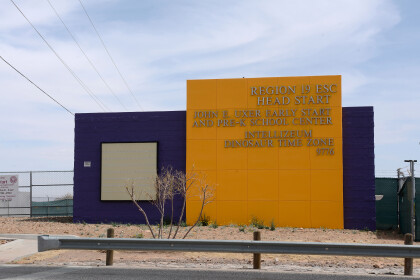
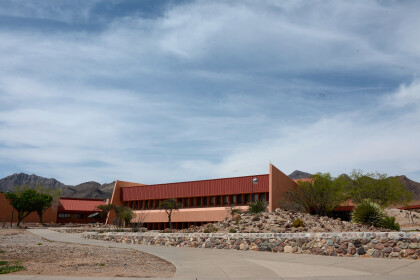
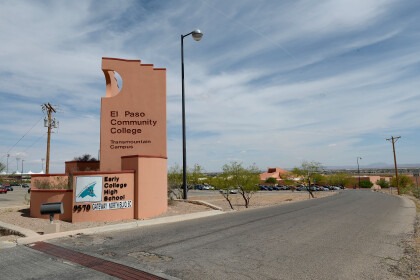
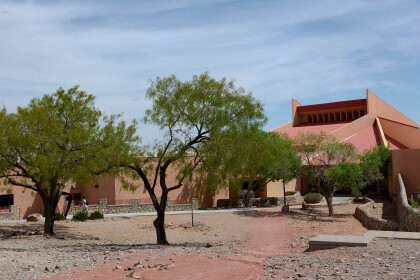
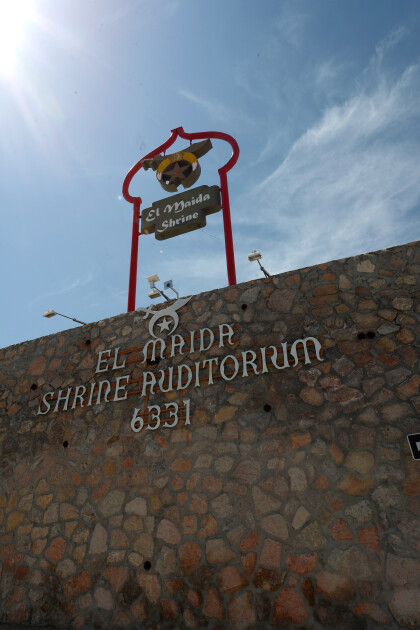
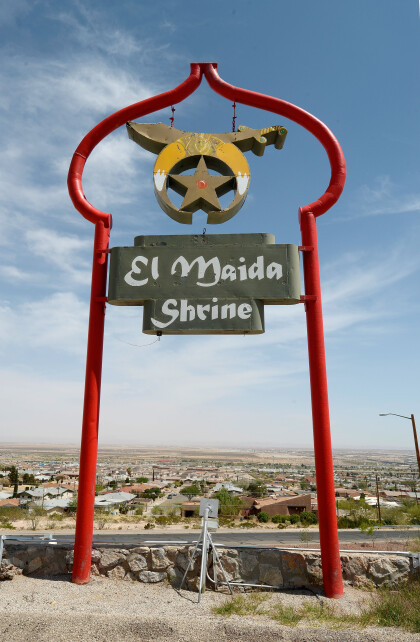
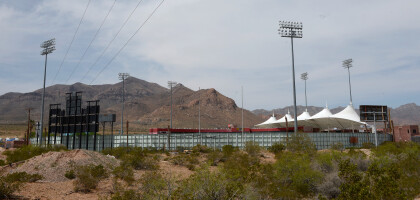
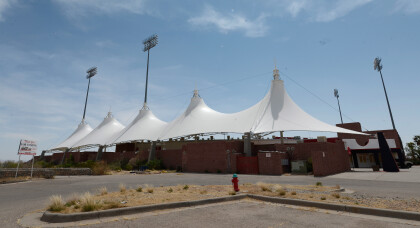
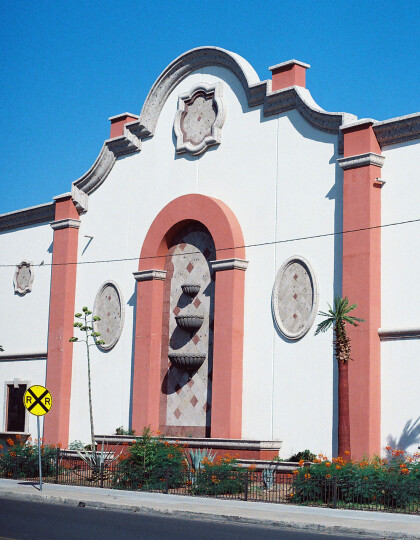
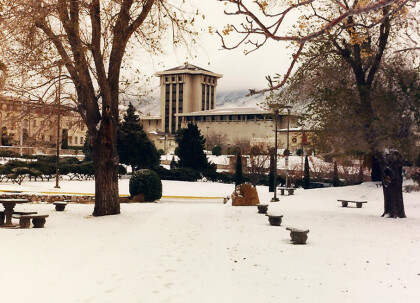
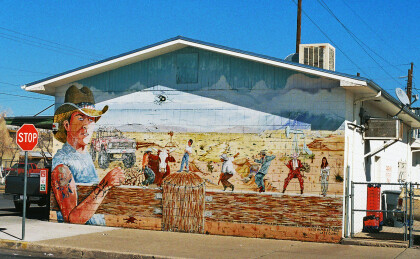
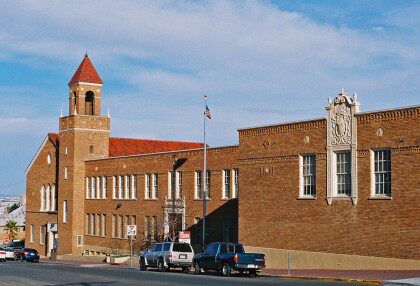
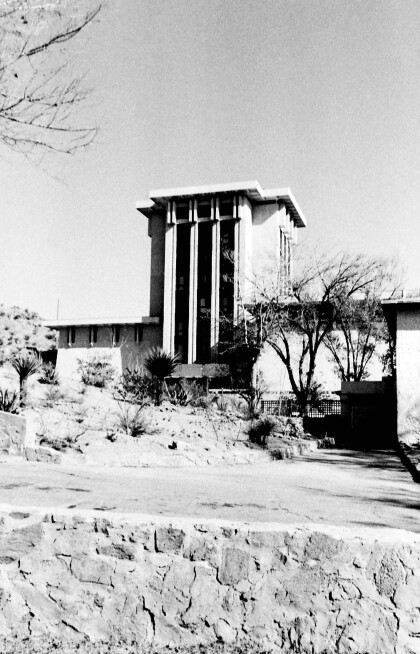
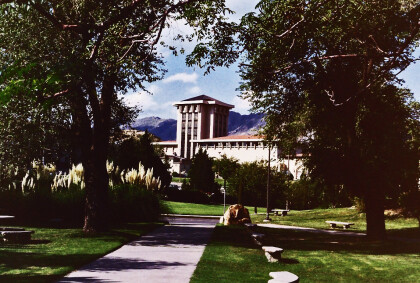
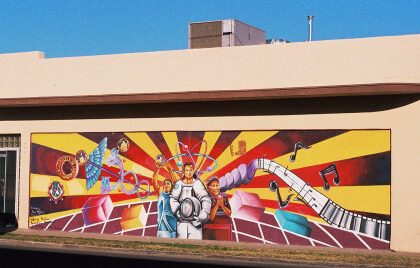
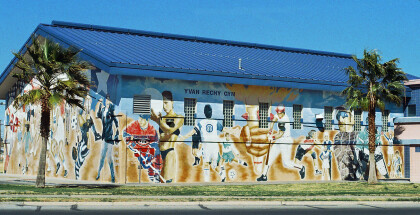
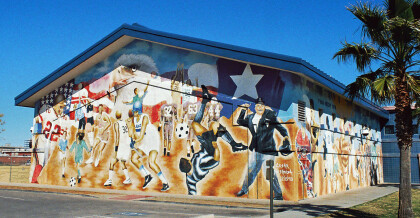
Comments
Add a comment